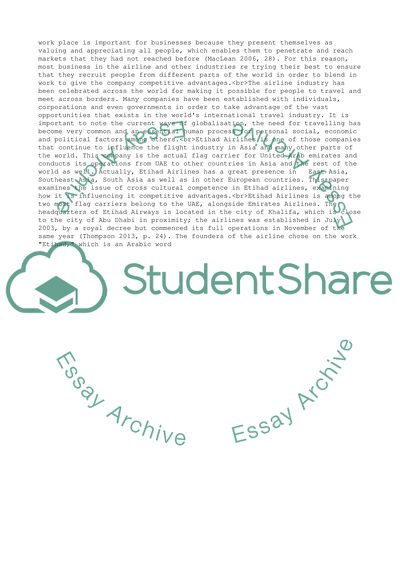Cite this document
(Cross-cultural Study Report on Etihad Airways Research Paper - 1, n.d.)
Cross-cultural Study Report on Etihad Airways Research Paper - 1. https://studentshare.org/management/1862322-cross-cultural-study-report-on-etihad-airways
Cross-cultural Study Report on Etihad Airways Research Paper - 1. https://studentshare.org/management/1862322-cross-cultural-study-report-on-etihad-airways
(Cross-Cultural Study Report on Etihad Airways Research Paper - 1)
Cross-Cultural Study Report on Etihad Airways Research Paper - 1. https://studentshare.org/management/1862322-cross-cultural-study-report-on-etihad-airways.
Cross-Cultural Study Report on Etihad Airways Research Paper - 1. https://studentshare.org/management/1862322-cross-cultural-study-report-on-etihad-airways.
“Cross-Cultural Study Report on Etihad Airways Research Paper - 1”. https://studentshare.org/management/1862322-cross-cultural-study-report-on-etihad-airways.


